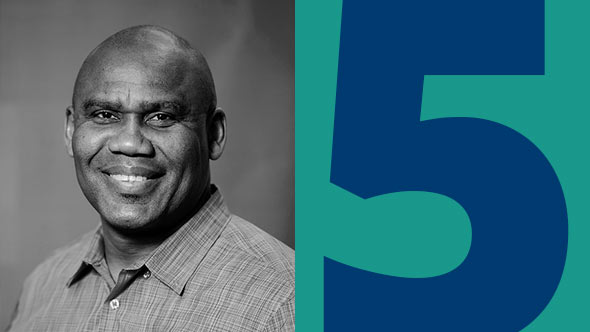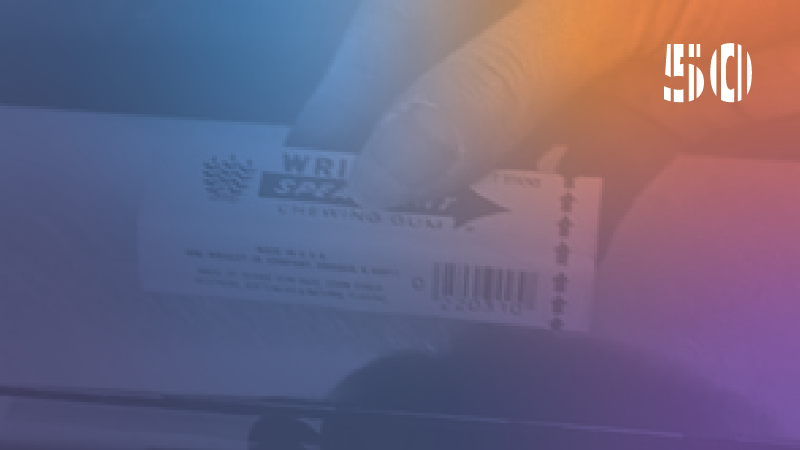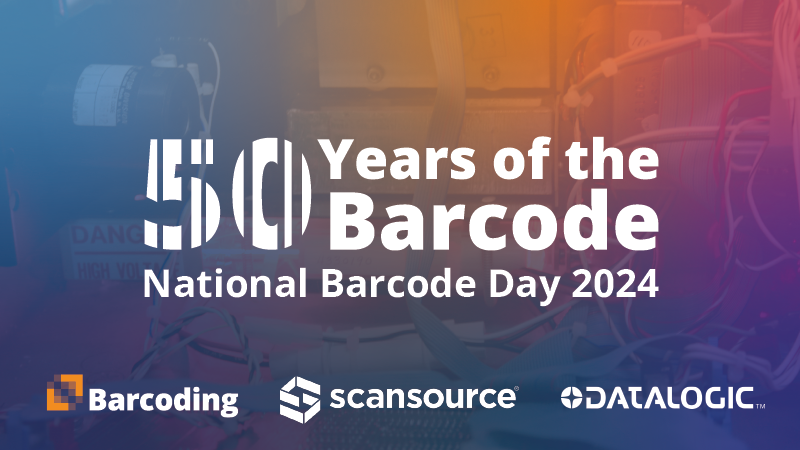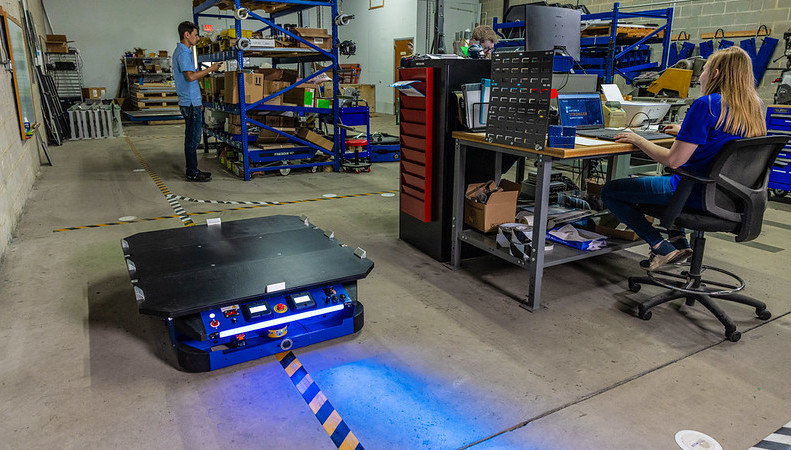In our fifth and final session, we explore how you can maintain your mobile ROI following your original Android deployment, ensuring that the time and effort spent building and delivering your new systems can be sustained for years to come.
Featuring



- Greg Henry, Vice President of Client Services, Barcoding, Inc. (Host)
- Dan Perlak, Vice President of Operations, Barcoding, Inc.
- Martin Jack, CIO, Barcoding, Inc.
Greg Henry: [00:00:00] Hello, this is Greg Henry, Vice President of Client Solutions for Barcoding, Inc. Welcome to the fifth and final session of Android in the Enterprise. Joining me today is Dan Perlak, VP of Operations for Barcoding, and Martin Jack, CTO of Barcoding. In today's session, we'll be looking at how you can maintain your mobile ROI following your original Android deployment.
[00:00:24] For many IT organizations, the primary focus of technology investments surrounds design, development, and deployment phases of the project. However, at Barcoding, we believe that maintaining these systems once they go live is just as important, if not more important, than the prior phases because ongoing user acceptance and business productivity is critical to maintaining your original ROI.
[00:00:51] Whether you perform these services with an in-house support team, or outsource to a trusted mobile computing partner, is up to you. The key is that, one way or another, you need to ensure that the time and effort you spent building and delivering these systems is maintained for years to come.
[00:01:08] I asked Dan Perlak at Barcoding to discuss the various elements of a comprehensive support plan. So, with that, Dan, can you take a few minutes and talk about Barcoding's StayLive™ program?
Dan Perlak: [00:01:19] Absolutely. Thanks, Greg. So, at Barcoding, we really focus on three different components when we implement the StayLive™ program. The first component is help desk, or that technical support piece. So, this is really the diagnosing, the triaging, and the resolving of those device issues in the field as they happen.
[00:01:40] We have a variety of ways that we do this service, either through centralized Tier 1 and Tier 2 support agents, or we can fit a defined role within a larger support ecosystem. So, either we can be that Central Hub, or we can be a spoke in your support ecosystem. Our help desk agents support the devices themselves, but they also look at those devices and the issues that are manifested on there to see if they’re device related, application related, or even infrastructure related. So really, we provide support for the overall organization.
[00:02:15] The second component when looking at StayLive Services™ is really what we call repair services. So, if an issue is on a device and it can't be resolved through help desk and troubleshooting, and it's determined that the device is simply broken, we can white glove that repair process—really walk that end user, or that that supervisor, whoever's handling these repairs, and really white glove them, walk them through the process, and be sure that they have insights into visibility updates and escalations where applicable. We have a multitude of tools and different mechanisms that we can use to help with that process.
[00:02:53] And the final component of our StayLive Services™ is really a comprehensive device management component.

[00:02:59] So, we work directly with our customers and our users to identify critical updates, known issues. We'll proactively make suggestions on how to maintain the health of their environment, whether it's pushing down security patches or firmware updates—in general, just making decisions on how to keep devices operating at an optimal efficiency.
Greg Henry: [00:03:20] Thanks, Dan. That was a really comprehensive overview. One thing with StayLive that I want to talk about next is Barcoding Online Services (BOS), which is Barcoding's asset visibility tracking application. It was designed by Barcoding to specifically meet the asset reporting needs of our customers.
[00:03:41] Martin has been involved with BOS since the very beginning, so, no better person to talk about BOS than Martin. Martin, can you give us a little overview of what BOS is all about?
Martin Jack: [00:03:51] Yes. Thanks Greg. So, I always like to start at the beginning, as you said. I always like to tell the story, and start with where we were, why we created BOS, and what value it actually brings to our customers today.
[00:04:04] So, about a decade ago, we realized that many of our customers were still utilizing spreadsheets to track their devices, but the needs of our customers will be on the level of an inventory tracking system. Our customers were looking for full visibility of the assets, from procurement, all the way to end of life.
[00:04:22] What was interesting was, not only were our customers asking for this, but we as employees at Barcoding, we're also asking for the same functionalities in order to help manage customers devices. Fast-forward 10 years, and we now have BOS, as we know it today. A comprehensive, asset visibility platform that allows customers to track everything about their devices, from the time it was purchased to end of life.
[00:04:47] So, at a glance, customers can see where their assets are located, when they have been moved, and what repairs were done on them. In addition to that, we have integration points built into BOS, so we can integrate into our top repair depots for our top manufacturers. This allows our end users to submit repairs requests through BOS, seamlessly moving the data between our manufacturers in BOS, and thereby allowing all of the data to reside in one system.
[00:05:18] Everyday, we continue to add features to BOS. Most recently, we added integration with our leading EMM tools and partners, and we continue to add support for other third-party tools as we grow BOS into a platform that brings all of the assets and attributes into one place for our customers.
Greg Henry: [00:05:39] Sounds like a really powerful tool and I love the idea of having all your data in on place. BOS customers no longer have to go to the device manufacturer to get history on something. Barcoding's BOS application captures everything to do with that device. So, you've got one version of the truth, as they say, which is awesome. Thanks, Martin.
[00:06:01] As you also said, we're adding new features all of the time. One feature we recently added, I'd like to just mention, is Get Smart.
[00:06:08] Get Smart is a software enhancement to the BOS platform that allows our customers to track when devices are being used and which employee is using a specific device.
[00:06:20] And we really added this feature in response to customers wanting to be able to access a greater level of detail on how their mobile devices were being used in the field. Not only do identify employees that may need additional training as a result of high failure rates, but also to ensure that they did not have an over-under population of assets in the field, you know, that lead to excessive hardware expenditures, or lost productivity due to insufficient device availability.
[00:06:50] And that brings us to the end of this session, and actually, the end of our series on Android in the Enterprise. We hope that you found the information in this series valuable, and should you have any questions, or additional interest, please feel free to reach out to us. You can get in touch with us on our website at Barcoding.com. You can also reach us at info@barcoding.com, or contact us directly at 1-888-412-7226.
[00:07:20] Martin and Dan, thanks for your time, and everybody, have a great day!
Contact us for your mobile computing needs!











